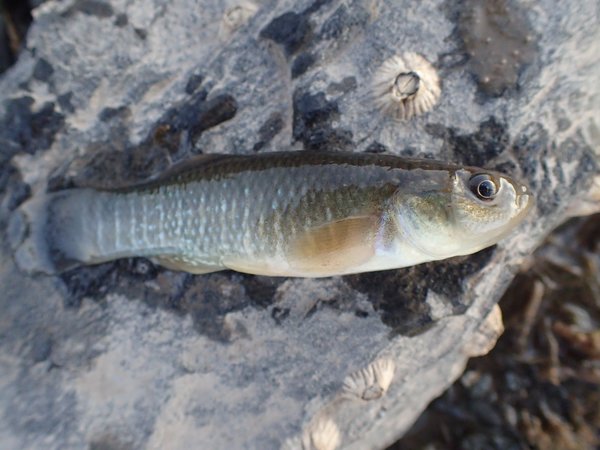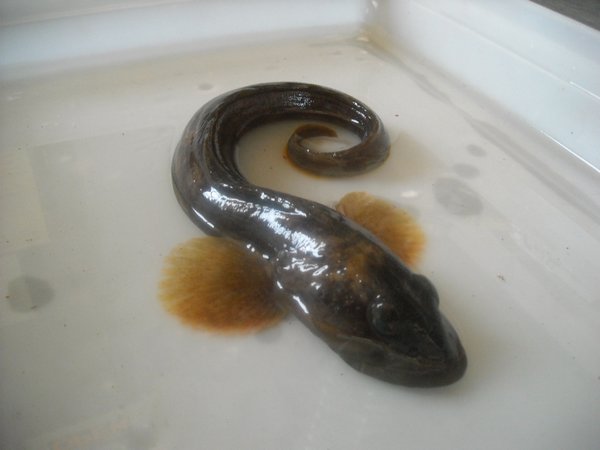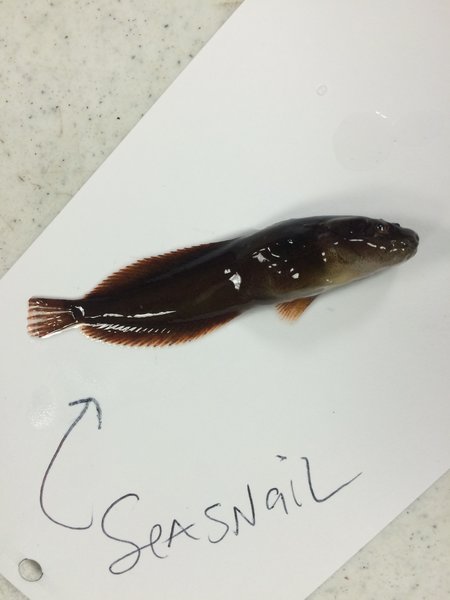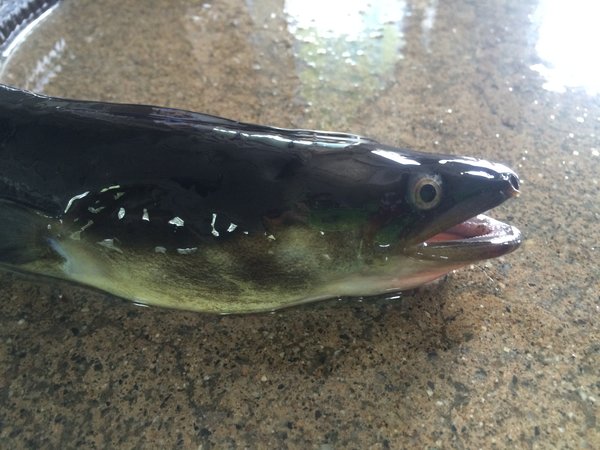 Image 1 of 6
Image 1 of 6

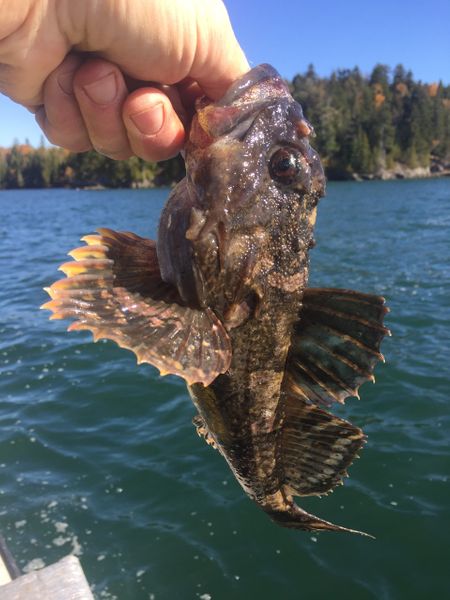 Image 2 of 6
Image 2 of 6

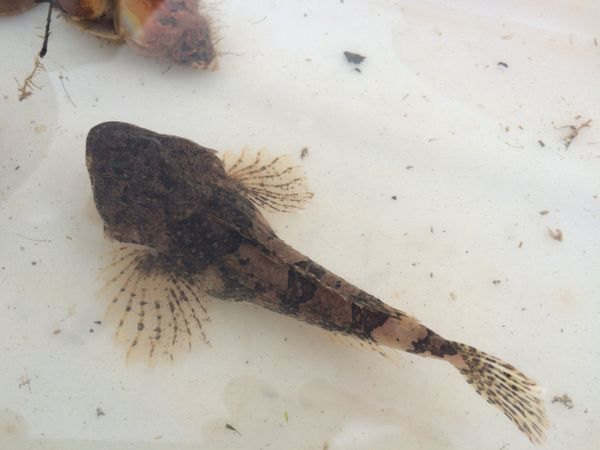 Image 3 of 6
Image 3 of 6

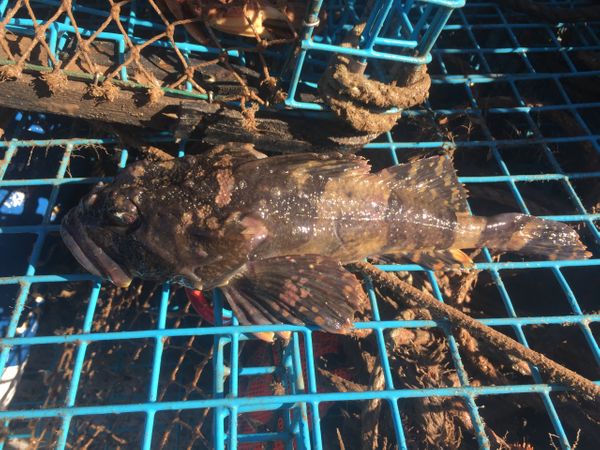 Image 4 of 6
Image 4 of 6

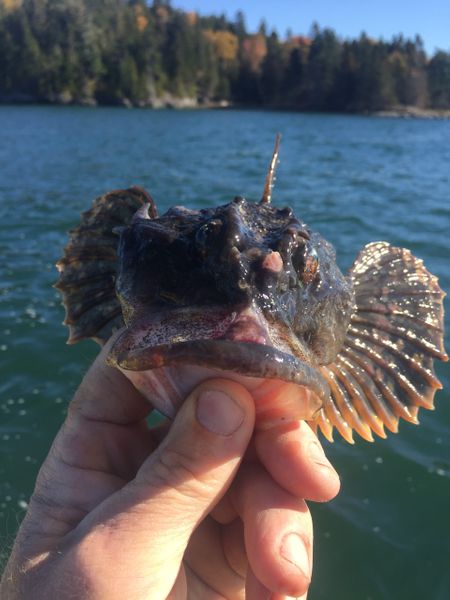 Image 5 of 6
Image 5 of 6

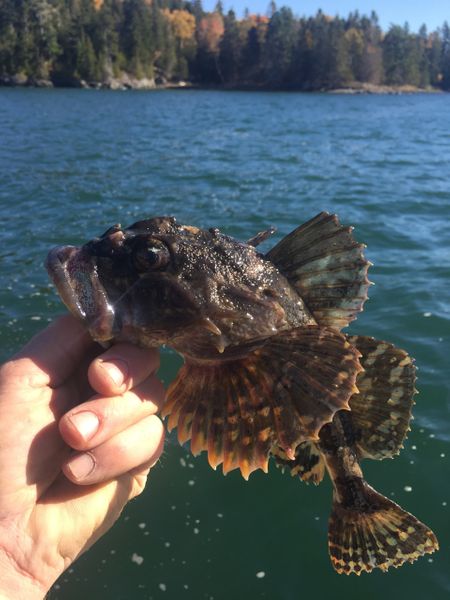 Image 6 of 6
Image 6 of 6







Sculpin (Myoxocephalus spp.)
Common name: sculpin, toad fish, hornpout, horndog
Scientific name: Myoxocephalus spp.
Locations: inshore and offshore
Seasonality: available all year
Colors: dark olive, yellow green, green-brown
Size: 10” - 14”
Collected: by fishing line
Quantity: by the each
Common name: sculpin, toad fish, hornpout, horndog
Scientific name: Myoxocephalus spp.
Locations: inshore and offshore
Seasonality: available all year
Colors: dark olive, yellow green, green-brown
Size: 10” - 14”
Collected: by fishing line
Quantity: by the each
Common name: sculpin, toad fish, hornpout, horndog
Scientific name: Myoxocephalus spp.
Locations: inshore and offshore
Seasonality: available all year
Colors: dark olive, yellow green, green-brown
Size: 10” - 14”
Collected: by fishing line
Quantity: by the each
Exploring the features and habits of a Longhorn Sculpin also known as a Toadfish with the Tidepool Tim of Gulf of Maine, Inc. on Cobscook Bay in Eastern Maine

Fresh catch Cobscook Bay sculpin sitting on a lobster trap.
Tidepool Tim says, "Several sculpin species live in the Gulf of Maine, and the longhorn is the most common. They are actually considered a nuisance by fishermen who are after a more desirable catch. They have a powerful apatite and respond to nearly any bait.
Sculpins live in benthic and pelagic water, and they have huge pectoral fins. It seems that the benthic fish use their pectoral fins for their main mode of swimming (rather than body undulation). This is unique because pectoral fin swimmers are usually found in reefs when the fish need to make many tight turns. The primitive swimming mode is undulation, while pectoral swimming is an evolved trait."

